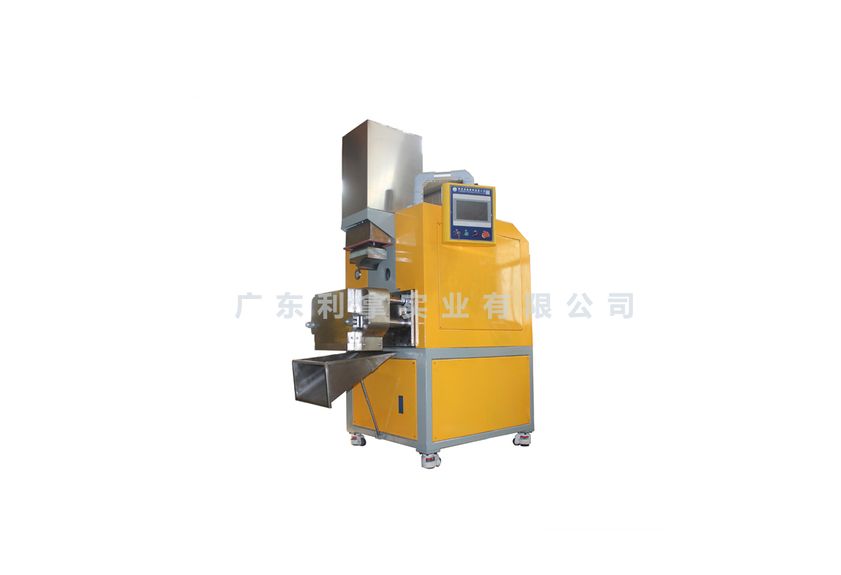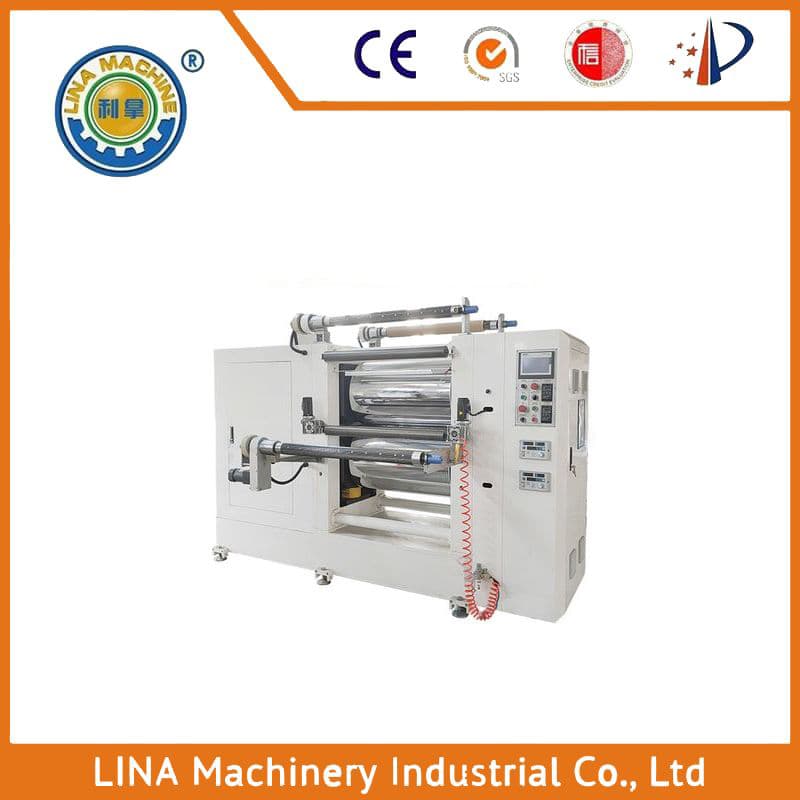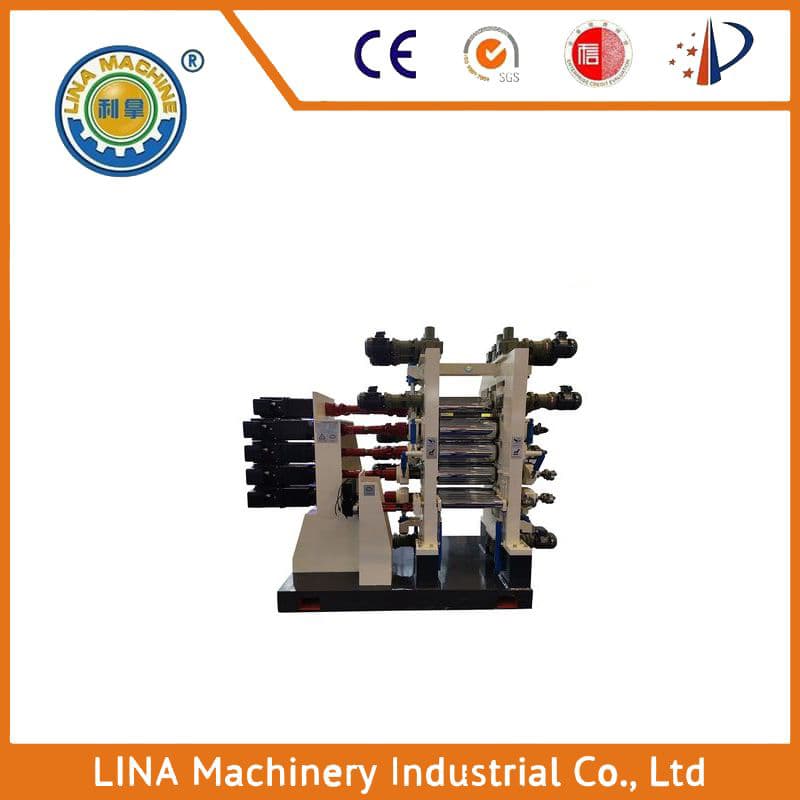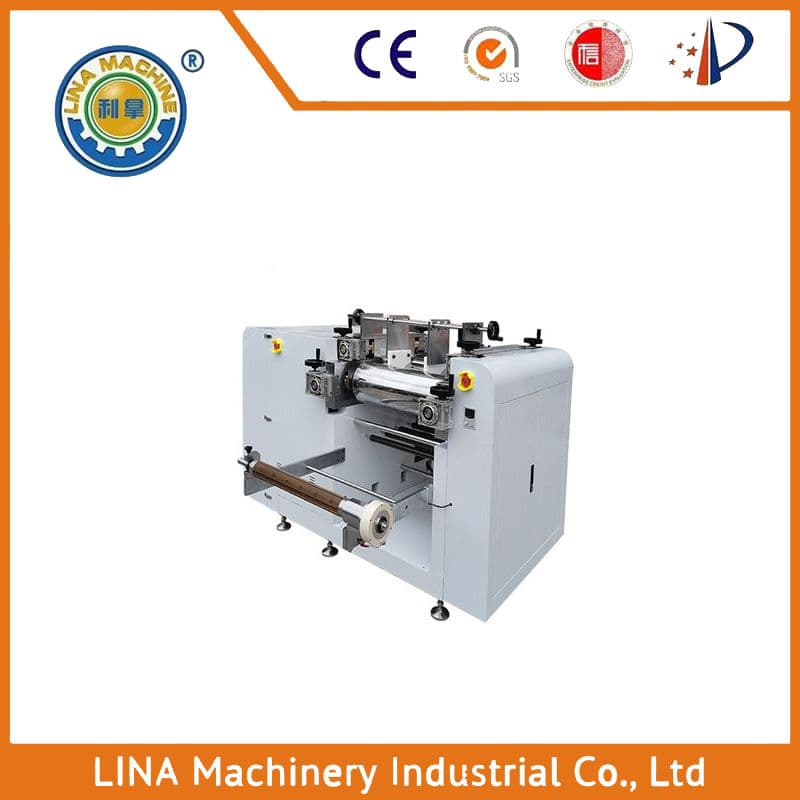The Role of Oxide Cement Mills in the Manufacturing Industry
Oxide cement mills are an essential tool in the manufacturing industry, particularly in the production of high-quality ceramics and other advanced materials. These mills use a combination of physical and chemical processes to grind and mix raw materials into a fine powder that can be molded or shaped into desired products. In this article, we will explore the various aspects of oxide cement mills, their advantages, and how they contribute to the success of modern manufacturing processes.
One of the most significant benefits of using oxide cement mills is their ability to produce high-quality powders with consistent properties. These mills use advanced technology to ensure that the raw materials are evenly mixed and ground, resulting in a uniform product that meets specific standards. This consistency ensures that the final product is reliable and durable, which is crucial for applications such as electronics, automotive parts, and medical devices.
Another advantage of oxide cement mills is their efficiency. These mills are designed to operate at high speeds and pressures, which allows for faster processing times and reduced energy consumption. This efficiency not only saves time and money but also reduces environmental impact by minimizing waste and emissions.
In addition to their technical advantages, oxide cement mills have a positive impact on the manufacturing industry's sustainability efforts. By reducing waste and improving efficiency, these mills help to minimize the need for additional resources and energy, which is critical in today's world where resources are becoming increasingly scarce.

Overall, oxide cement mills play a vital role in the manufacturing industry by providing high-quality, consistent, and efficient powders that meet specific standards. As technology continues to advance, it is likely that these mills will continue to evolve and improve, further enhancing the capabilities of the manufacturing industry.




